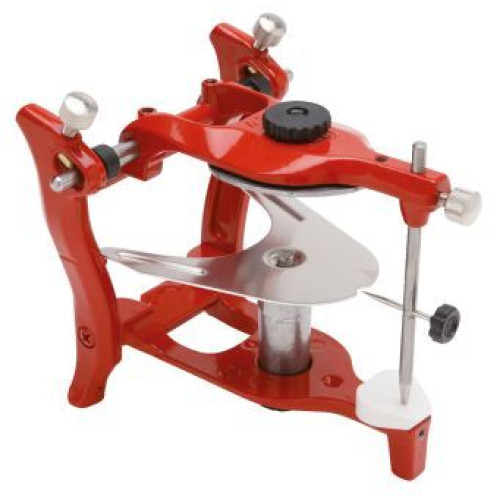An articulator is a device used by dentists to simulate the movements of the lower jaw. This allows dentists to fabricate dental restorations, such as crowns, bridges, and dentures, that are more precise and accurate.
There are many different types of articulators available, each with its own advantages and disadvantages. Some articulators are simple and easy to use, while others are more complex and offer greater precision.
The best articulator for you will depend on your individual needs and preferences. If you are a general dentist who performs routine restorative procedures, a simple articulator may be sufficient. However, if you are an orthodontist or a prosthodontist who performs more complex procedures, you may need a more sophisticated articulator.
Features
When choosing an articulator, there are several features to consider, including:
- Hinge type: The hinge type determines how the articulator simulates the movements of the lower jaw. There are three main types of hinges: non-adjustable, semi-adjustable, and fully adjustable. Non-adjustable hinges do not allow for any movement, semi-adjustable hinges allow for some movement, and fully adjustable hinges allow for the greatest amount of movement.
- Condylar mechanism: The condylar mechanism determines how the articulator simulates the movements of the lower jaw joint. There are two main types of condylar mechanisms: arcon and ball-and-socket. Arcon condylar mechanisms are simpler and less expensive, but they offer less precision. Ball-and-socket condylar mechanisms are more complex and expensive, but they offer greater precision.
- Facebow: A facebow is a device that is used to transfer the patient's centric relation record to the articulator. Centric relation is the position of the lower jaw when the muscles of mastication are relaxed. Transferring the patient's centric relation record to the articulator ensures that the restorations are fabricated in the correct position.
Benefits
Using an articulator offers several benefits, including:
- Improved accuracy: Articulators allow dentists to fabricate dental restorations that are more precise and accurate. This can help to improve the fit and function of the restorations, as well as the patient's overall satisfaction.
- Reduced chair time: Using an articulator can help to reduce the amount of time that patients spend in the dentist's chair. This is because the dentist can fabricate the restorations in advance, rather than having to make adjustments to them during the appointment.
- Increased efficiency: Using an articulator can help dentists to be more efficient. This is because they can fabricate multiple restorations at the same time, rather than having to fabricate them one at a time.
Applications
Articulators are used in a variety of dental procedures, including:
- Crowns
- Bridges
- Inlays
- Onlays
- Dentures
- Orthodontic appliances
Specifications
When choosing an articulator, it is important to consider the following specifications:
- Hinge type: Non-adjustable, semi-adjustable, or fully adjustable
- Condylar mechanism: Arcon or ball-and-socket
- Facebow: Yes or no
- Weight: The weight of the articulator
- Dimensions: The dimensions of the articulator
- Warranty: The warranty period
Warranty
Most articulators come with a one-year warranty. This warranty covers defects in materials and workmanship.
Order your Articulator today and experience the difference!
